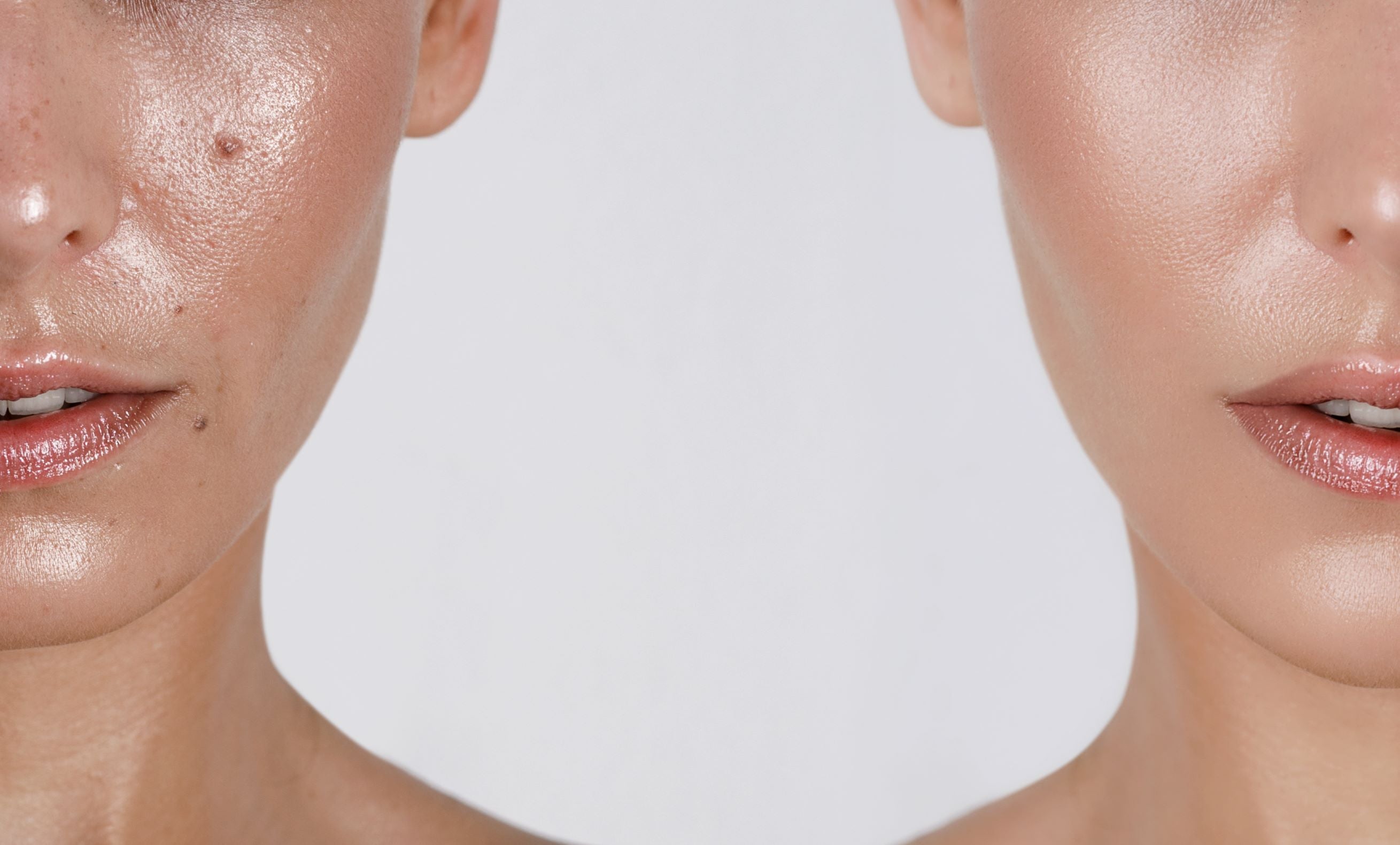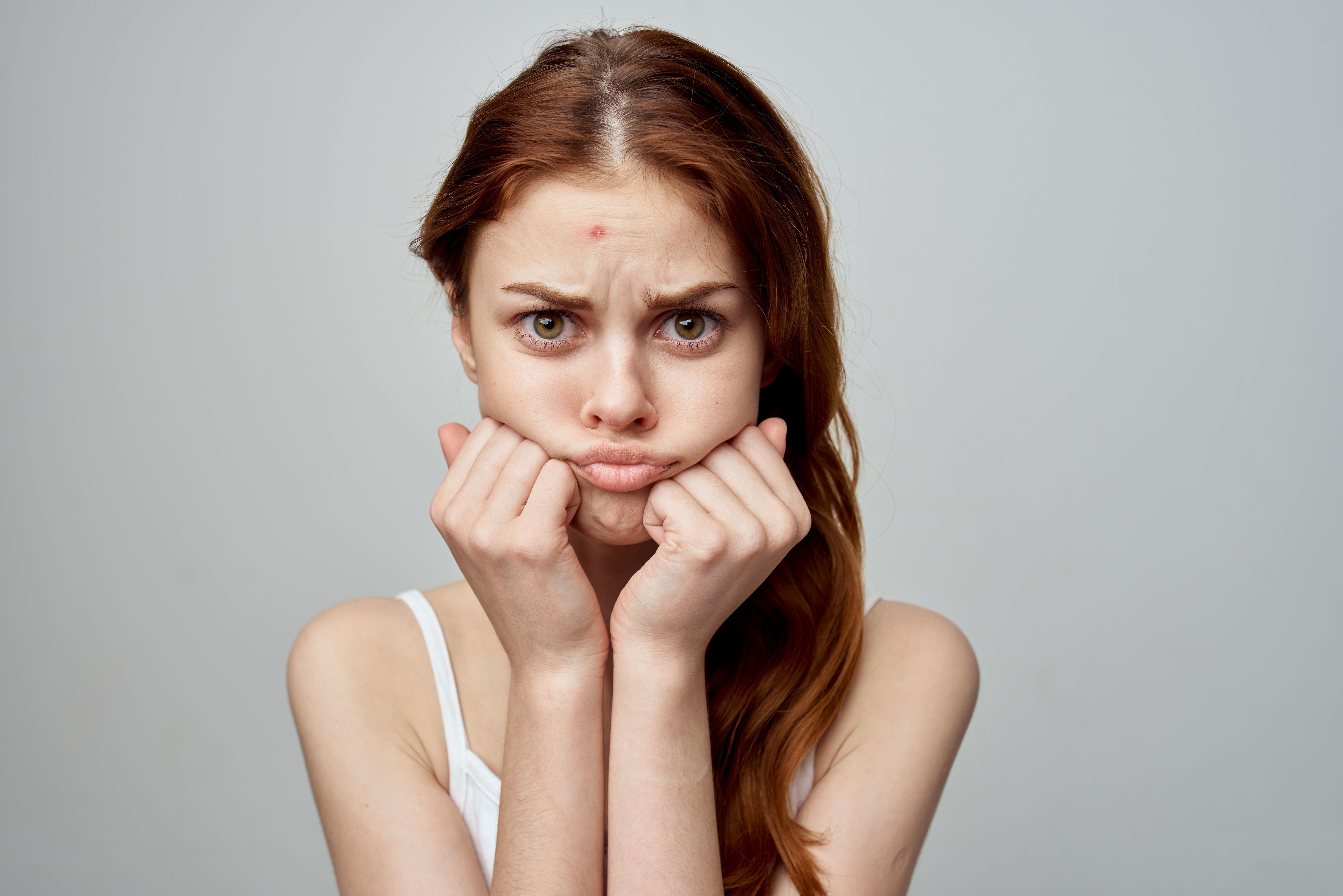The What, Why and Where of Sebum!

I have used the term ‘sebum’ in a number of Cygnet Stories lately relating to acne and dry skin. This term is also often used in skincare marketing of acne products where claims are made about “sebum control” or “sebum regulation” but what are we even talking about?! Essentially, sebum is the oil of your skin. If you have oily skin, it's likely because you produce a lot of sebum and it sits on the surface of your skin. Interestingly, and a little confusingly, if you have dry skin you may end up overproducing sebum as you body tries to combat the dryness! More explanations and details below 😊
What is Sebum?
Sebum is an oil produced by the skin. It is a complex mixture of lipids, including triglycerides, wax esters, squalene, and cholesterol. It is produced by the sebaceous glands, which are located in the dermis layer of the skin and plays a crucial role in maintaining skin health and function.
Sebaceous Glands??
Our skin is a complex organ made up of different cells and glands that all contribute to its role in protecting our bodies from external threats. One of the key components of the skin are glands, which are responsible for producing either sweat or sebum to maintain the health and function of the skin.
Sweat glands (or Sudoriferous glands – what a great name) are distributed all over the body. There are 2 subtypes based on whether they are associated with a hair follicle or not. Eccrine sweat glands are found in the highest concentration on the palms, soles of the feet, and forehead and secrete sweat through our pores. These glands are responsible for regulating body temperature. Apocrine sweat glands are associated with hair follicles and enlarge during puberty, driven by hormones.
Similar to apocrine sweat glands, sebaceous glands are under the control of a type of hormone called androgens. Sebaceous glands are also associated with hair follicles and sit in the deeper layer of the skin, the dermis. They produce sebum and are found all over the body, except for the palms of the hands and the soles of the feet.
Functions of Sebum
Sebum serves several important functions in the skin. It helps to:
- waterproof and protect skin and hair
- moisturize the skin, keeping it supple and hydrated
- helps to keep our skin balanced at the right pH
- antimicrobial and anti-fungal properties to protect against infections
- photoprotection against UV radiation
Regulation of Sebum production
The production of sebum is regulated by hormones, particularly androgens like testosterone. Factors such as genetics, age, and diet can also influence sebum production. Excess sebum production can lead to oily skin, while insufficient sebum production can result in dry skin.
Impact on Skin Conditions
If your skin doesn’t produce enough sebum or these natural oils are stripped because of harsh skincare products or lifestyle factors, it can make you skin dry and flaky, impairing the protective functioning of your skin. On the other hand, over production of sebum can give your skin an oily appearance and block pores leading to congestion and breakouts. Overproduction of sebum is the major feature associated with the development of acne.
Conclusion
Sebum plays a vital role in maintaining skin health by moisturizing, protecting, and regulating the skin. Under or overproduction of sebum can be problematic for our skin so an important goal of our skincare routine should be to promote balance, preventing barrier disruption and dryness while minimising congestion and breakouts.
References:
- Kim JY, Dao H. Physiology, Integument. [Updated 2023 May 1]. In: StatPearls [Internet]. Treasure Island (FL): StatPearls Publishing; 2024 Jan-. Available from: https://www.ncbi.nlm.nih.gov/books/NBK554386/
- Hodge BD, Sanvictores T, Brodell RT. Anatomy, Skin Sweat Glands. [Updated 2022 Oct 10]. In: StatPearls [Internet]. Treasure Island (FL): StatPearls Publishing; 2024 Jan-. Available from: https://www.ncbi.nlm.nih.gov/books/NBK482278/
- Pappas, A. (2009). The relationship of diet and acne: A review. Dermato-endocrinology, 1(5), 262-267.
- Zouboulis, C. C. (2009). Acne and sebaceous gland function. Clinics in dermatology, 22(5), 360-366.
- Zouboulis CC. Sebaceous gland. In: Goldsmith LA, Katz SI, Gilchrest BA, Paller AS, Leffell DJ, Wolff K, editors. Fitzpatrick's Dermatology in General Medicine. 8th ed. New York: McGraw-Hill; 2012. 2.
- Picardo M, Ottaviani M. Sebaceous gland lipids. Dermatoendocrinol. 2009;1(2):68-71.



